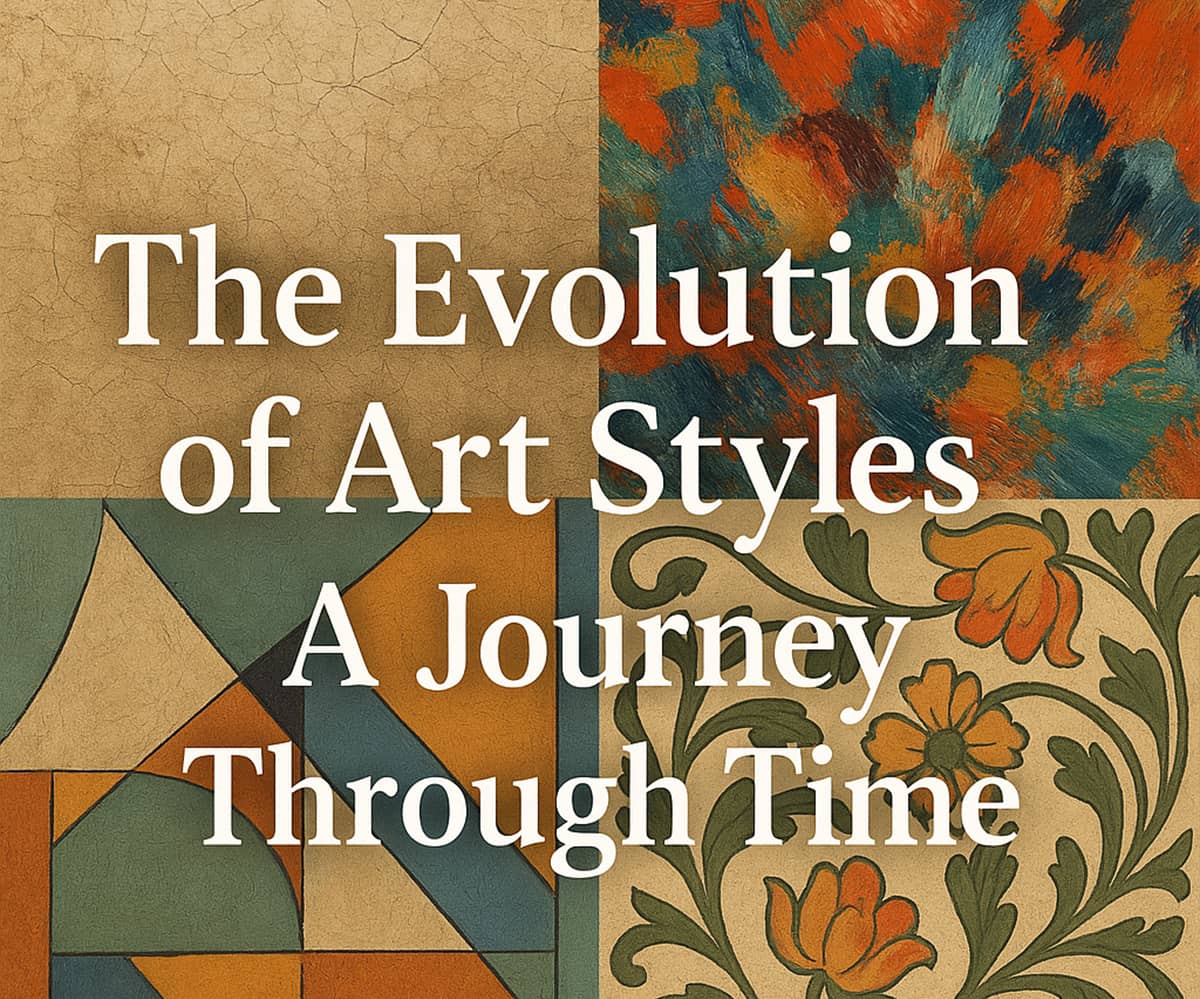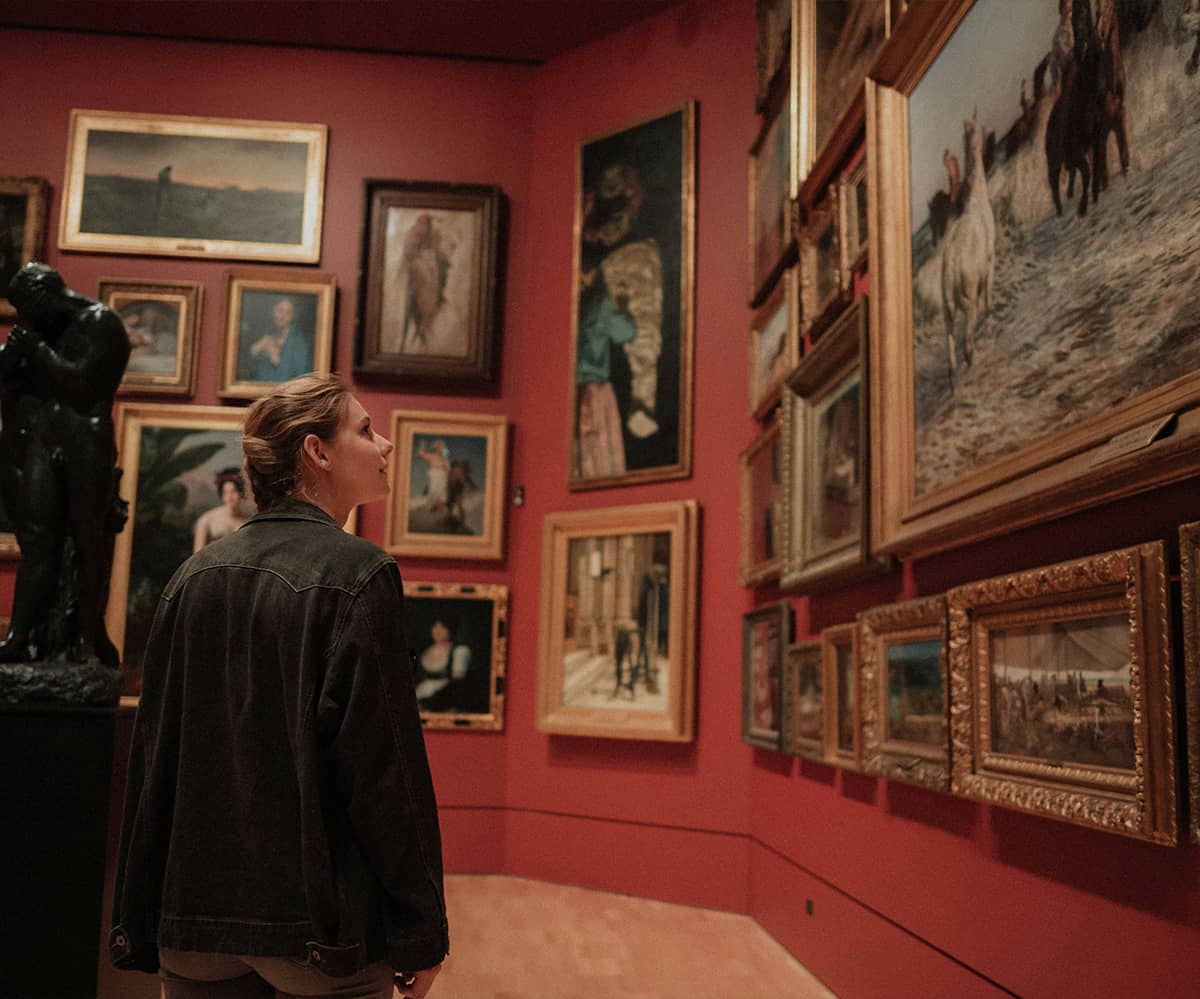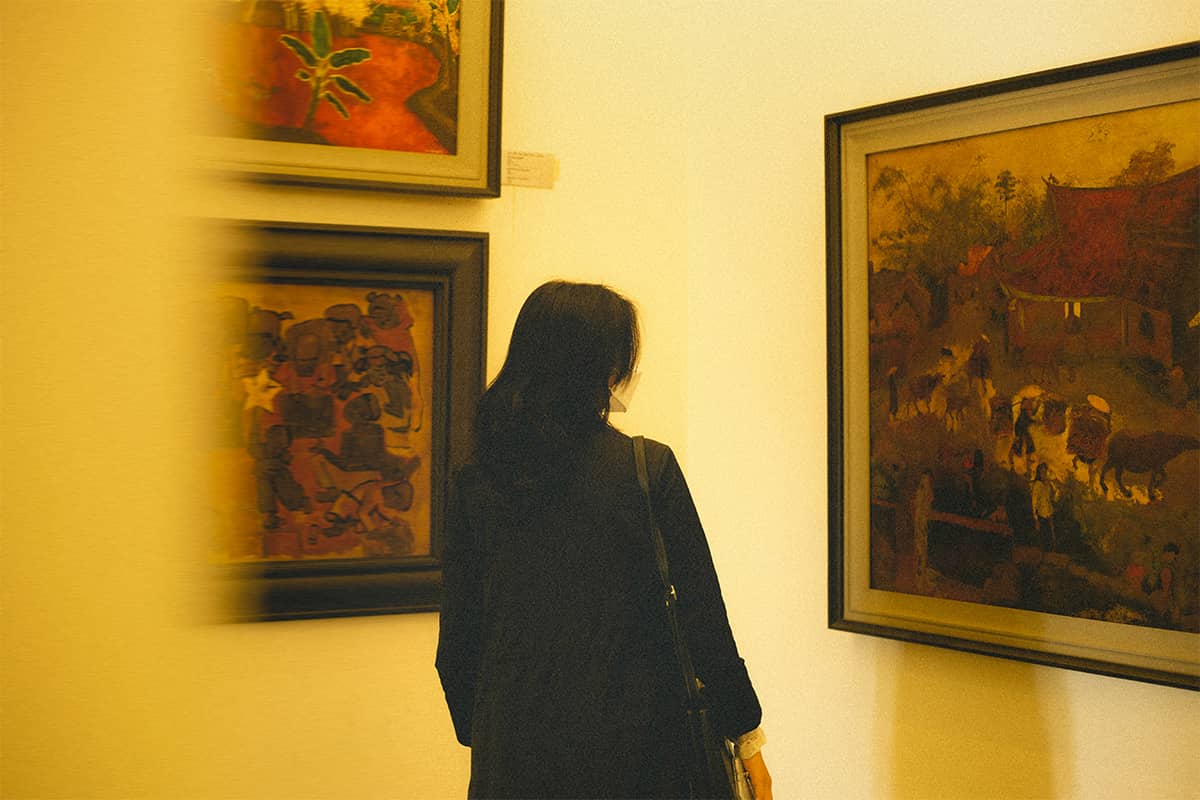Exploring the Soul of Creativity: A Journey Through Art Galleries Part 2
The Role of Curation
The role of a curator is akin to that of a storyteller, weaving a narrative through the careful selection and arrangement of artworks. Exhibitions are curated to convey a particular theme, idea, or historical period, guiding visitors on a curated journey. This curation not only enhances the viewer’s experience but also fosters a deeper appreciation for the interconnectedness of artistic expression across time and cultures.
Community and Connection:
Art galleries serve as hubs for cultural dialogue, fostering connections between artists, patrons, and the wider community. Opening nights, gallery talks, and workshops create spaces for discussions that transcend the boundaries of age, background, and perspective. In a world often divided, art galleries provide a shared space where diverse voices can converge and celebrate the universal language of creativity.
Embracing Technological Advancements:
In an ever-evolving world, art galleries have embraced technology to expand their reach and enhance the visitor experience. Virtual galleries, augmented reality exhibits, and online platforms now allow art to transcend physical boundaries, bringing masterpieces to a global audience. These innovations not only democratize access to art but also challenge traditional notions of how we engage with and experience creativity.
Conclusion:
Art galleries stand as timeless witnesses to the evolution of human expression, capturing the essence of cultures, movements, and individual voices. As we navigate the digital age, the magic of these spaces persists, inviting us to step away from the mundane and immerse ourselves in the boundless realm of creativity. Whether you’re a seasoned art enthusiast or a curious newcomer, a visit to an art gallery is a journey into the soul of humanity, a journey that continues to captivate, inspire, and connect us all.




